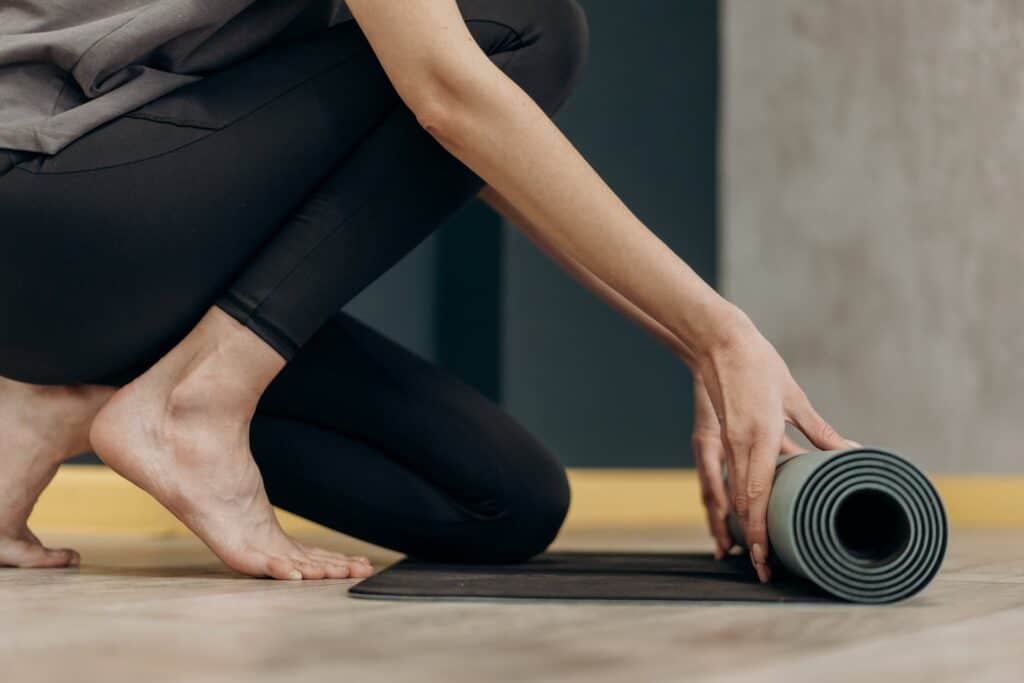How to Tailor Your Workouts to Fit Your Lifestyle
The key to sustainable fitness lies in finding a workout routine that seamlessly integrates with your lifestyle. Motivation can only get you so far. When motivation fails, having a workouts that integrates fitness into your life will help immensly.

With countless fitness trends and programs available, it’s crucial to discover a regimen that not only challenges you but also aligns with your daily commitments and preferences. This article will share the steps to finding a personalized workout routine that suits your lifestyle, ensuring long-term success and enjoyment on your fitness journey.
Understanding Your Lifestyle
The first step in crafting a workout routine tailored to your lifestyle is gaining a deep understanding of your daily commitments, preferences, and constraints. Take a moment to assess your schedule, considering work or study hours, family responsibilities, and social activities. Identifying time slots where you can consistently dedicate to exercise will lay the foundation for a sustainable routine.
Additionally, reflect on your fitness preferences. Some individuals thrive in group settings, while others prefer the solitude of solo workouts. Understanding whether you enjoy outdoor activities, home workouts, or gym sessions will help you design a routine that aligns with your preferences.
Setting Realistic Goals
Once you’ve assessed your lifestyle, it’s time to set realistic fitness goals. Whether your aim is weight loss, muscle gain, improved endurance, or overall well-being, establishing clear and achievable objectives will guide your workout routine.
Break down larger goals into smaller, manageable milestones, providing a sense of accomplishment along the way.
Consider both short-term and long-term goals, acknowledging that flexibility is key. Life is dynamic, and your goals may need adjusting based on changing circumstances. By setting realistic and adaptable goals, you increase the likelihood of maintaining a consistent workout routine over the long haul.
Want to read other workout related posts:
1.6 Ways an Exercise Buddy Helps You Reach Your Goals 2.Why Morning Workouts Will Improve Your Life Forever
Choosing the Right Type of Workouts
With a clear understanding of your lifestyle and well-defined fitness goals, the next step is choosing the right type of exercise. The variety of workouts available can be overwhelming, so it’s essential to explore different options and find activities that resonate with you.
Cardio exercises like running, cycling, or swimming, are excellent for improving heart health and burning calories. Strength training, on the other hand, helps build muscle, increase metabolism, and enhance overall body composition. Flexibility and balance exercises, like yoga or Pilates, contribute to injury prevention and promote functional movement. Truthfully, a balance of all these workouts will keep your body strong and healthly and you should try to switch up the types of workouts you do often.
BUT, experimenting with different forms of exercise will allow you to discover what you enjoy and what fits seamlessly into your lifestyle. If traditional gym workouts aren’t your cup of tea, consider alternative options like dance classes, hiking, or recreational sports. The key is to find activities that not only contribute to your fitness goals but also bring you joy and satisfaction.
Creating a Balanced Routine

A well-rounded workout routine should encompass a mix of cardiovascular, strength, flexibility, and balance exercises. This balanced approach ensures that you address various aspects of fitness, promoting overall health and reducing the risk of injury. Tailoring your routine to include diverse activities also keeps things interesting, preventing boredom and burnout.
For example, you might schedule cardio workouts like running or cycling on specific days, interspersed with strength training sessions using weights or bodyweight exercises. Integrating activities like yoga or stretching into your routine enhances flexibility and aids in recovery. Experimenting with different combinations will help you create a balanced and sustainable workout plan.
Considering Time Constraints
One of the most common challenges in maintaining a consistent workout routine is the perception of limited time. However, effective workouts don’t always require lengthy sessions. High-intensity interval training (HIIT) and short, focused workouts can be incredibly efficient, delivering significant benefits in a shorter amount of time.
If your schedule is tight, prioritize shorter, intense workouts that target multiple muscle groups. These time-efficient exercises not only save time but also provide an effective way to boost metabolism and burn calories. Consistency is more critical than duration, so finding pockets of time for regular, shorter workouts can be a game-changer for your fitness routine.
Incorporating Variety and Adaptability
Repetition can lead to boredom and decreased motivation, so incorporating variety into your workout routine is crucial. Experiment with different exercises, change your workout environment or try new classes to keep things fresh and exciting. This not only prevents monotony but also challenges your body in new ways, promoting continuous growth.
Furthermore, life is unpredictable, and unexpected events may disrupt your routine. Being adaptable is essential in such situations. Have alternative workout plans for busy days, travel, or unforeseen circumstances. This flexibility ensures that you can still stay active, even when life throws you a curveball.
Prioritizing Recovery
In the pursuit of fitness goals, many individuals underestimate the importance of recovery. Rest days, proper sleep, and nutritional support are integral components of a well-rounded fitness routine. Overtraining can lead to fatigue, burnout, and increased risk of injury, hindering your progress in the long run.
Listen to your body and allow it adequate time to recover between intense workouts. Incorporate rest days into your schedule and prioritize quality sleep to facilitate muscle repair and overall well-being. Additionally, pay attention to your nutrition, ensuring that your body receives the necessary nutrients to support your active lifestyle.

Monitoring Progress and Making Adjustments
Regularly assess your progress to ensure that your workout routine remains effective and aligned with your goals. Keeping a workout journal or using fitness apps can help you monitor your achievements and identify areas that may need adjustment.
Be open to making changes to your routine as needed. If you’re not seeing the desired results or if certain exercises become unenjoyable, don’t hesitate to tweak your plan. Flexibility and responsiveness to your body’s feedback are key to creating a sustainable and effective workout routine that evolves with your changing needs. Contrary to what you may think, working out isn’t supposed to feel like a chore!
Crafting a personalized workout routine that aligns with your lifestyle is a journey of commitment. By understanding your daily commitments, setting realistic goals, choosing the right type of exercise, and incorporating variety and adaptability, you can create a sustainable fitness plan that brings both physical and mental benefits.
Remember that the key to long-term success is consistency, not perfection. Embrace the process, celebrate small victories, and be adaptable. With a well-thought-out workout routine, you’ll not only achieve your fitness goals but also cultivate a healthier and more balanced lifestyle.
Simplified Summary
The key to sustainable fitness lies in finding a workout routine that seamlessly integrates with your lifestyle. By understanding your daily commitments, setting realistic goals, choosing the right type of exercise, and incorporating variety and adaptability, you can create a sustainable fitness plan that brings both physical and mental benefits.






